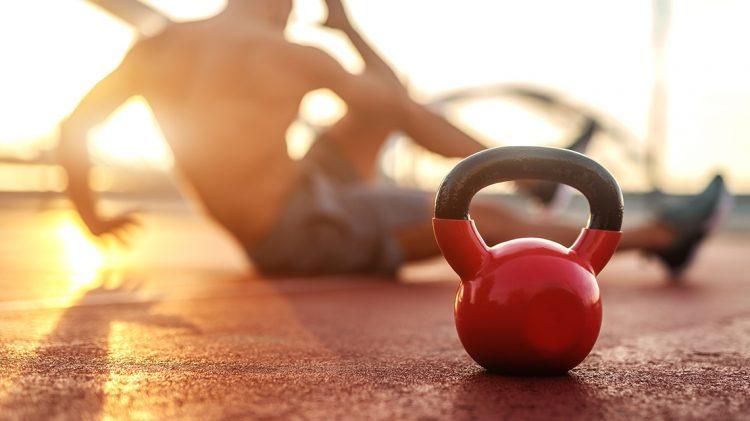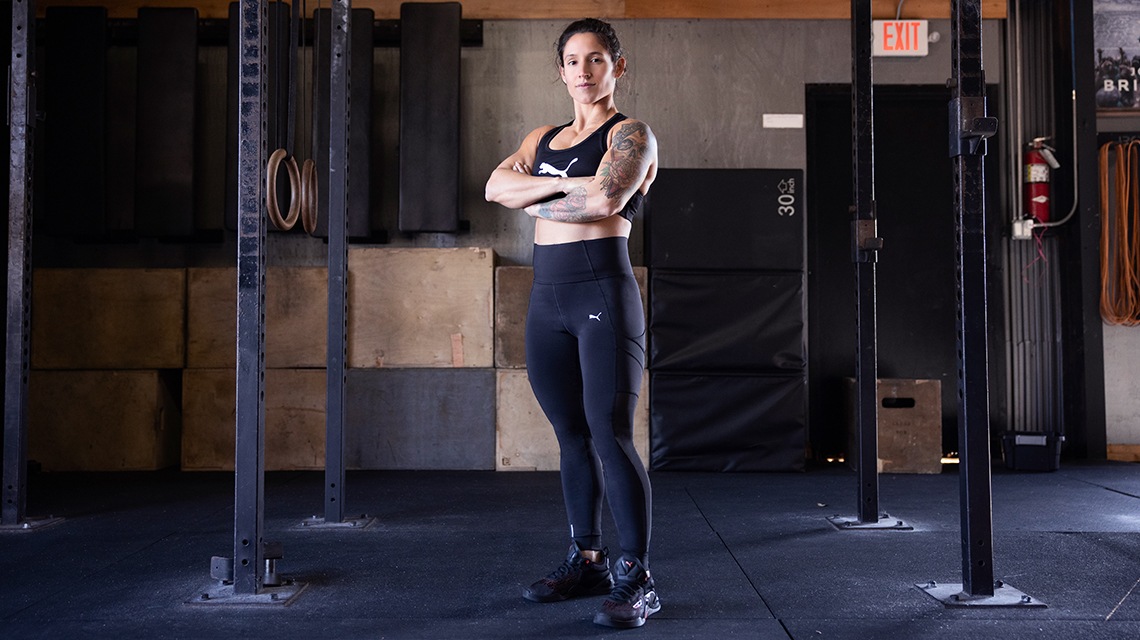
The importance
of cross training
Commit to your goal by staying well-rounded
April 30, 2021Commit to your goal by staying well-rounded
April 30, 2021Whether you are an elite runner, professional gymnast, aspiring triathlete or committed yogi, cross training has its place in your weekly routine. It’s so easy to get excited about a sport that you love and ignore other forms of exercise, only to find yourself burnt out or injured months later. We have all been there. Steer clear of making that mistake with the integration of cross training.
What is cross training?
Cross training can be any secondary training that supports your main goal or chosen sport.
What are the benefits?
Cross training can help to boost motivation through variety while adding training volume and improving overall performance. For example, runners may cross train with the addition of weight training and swimming, reducing the boredom of pounding the pavement and helping them to cut injury risk by increasing strength and resilience. Training variety also allows the body to work different energy systems and muscles while others recover, building up general strength and fitness resulting in more well-rounded movement and conditioning.
And while it is important to train specifically for your chosen sport or goal, all too often people mistake going “all in” on a particular sport or movement as practicing that movement alone. Repetitive stress on the same muscles and joints can lead to imbalance, setting a ticking time bomb for injury. By incorporating regular cross training, an athlete is able to continually improve strength, mobility and fitness while reducing the injury risk and steer away from mental burnout – now that’s going “all in”!
Cross training often paves the way out of injury too, switching training modes allows active recovery and maintenance of strength without the same repetitive impact that caused the injury in the first place. Many people become aware of the benefits of cross training when their main sport is taken away. For example, injured netballers may focus on weight training and water running to reduce the pressure on their joints and improve strength while maintaining their cardiovascular fitness.
5 things to keep in mind when choosing cross training exercise:
Be mindful of overall training volume
All exercise places stress on the body. Balanced with adequate recovery, that stress results in positive growth and improved performance. However, if you are training for a long distance event, for example, the training load is already high. In high volume training weeks, be very specific with your choice of cross training activities and limit stress that doesn’t build towards the same goal.
Prioritize mobility
Mobility is defined as the ability to move easily and freely – the combination of flexibility and strength. Take the time to think about your balance of strength and flexibility and also that which your sport/goal requires of you – which do you need to develop more? Include a mobility practice in your training 2-3 times per week. This can be for as little as 10minutes per session and can contain a mix of active release, activation and strength exercises.
Do something that you enjoy
Cross training helps avoid exercise burnout when you mix up your regular training with other types of movement that make you happy. Everyone has a different way of making movement fun whether it’s joining a high energy, social session or taking some time for yourself in a yoga class.
Active recovery
If you are using cross training as active recovery make sure the sessions are not draining your energy. Keep active recovery very light (<5/10 perceived exertion) to ensure it is recharging for you e.g. a light walk or yin yoga session.
Make time for recovery
The truth of the matter is, the more time you train for one particular sport, the more time you need to make to balance the effect on the body. Activities like mobility and yoga should be non-negotiable as the stress on the body builds.

